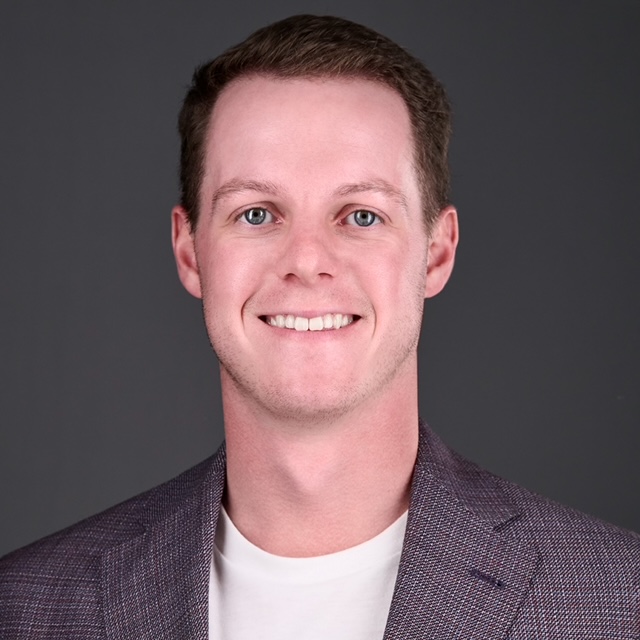
The “Patiently Aggressive” Way to Build Wealth
We live in a world of instant everything. Instant coffee, instant news, instant notifications. But there's one thing that refuses to happen instantly: building real wealth.
As someone who's spent years helping people navigate their financial futures, I've noticed something interesting. The clients who win big aren't necessarily the ones with the flashiest moves. They're the ones who mastered the art of hurrying up, and then waiting.
The Financial Treadmill and the Million-Dollar Mindset Shift
Look around at your friends, family, and colleagues. What does their cash flow structure look like? For most, it's depressingly predictable:
Paycheck hits the checking account.
Bills get paid.
Random spending happens.
Whatever's left (if anything) gets saved.
More random spending happens and creates the need to pull money back from savings
Sound familiar? This is what I call "the financial treadmill." You're running fast but going nowhere.
You're caught in the world of unconscious spending and manual saving. This setup makes getting ahead nearly impossible.
Why? Because what your mind sees, it spends. When your paycheck hits your checking account, your brain already has plans for those dollars.
Here's the truth that changed everything for my most successful clients: You need to be patiently aggressive.
Patient: Once your system is in place and you have capital to invest, it’s not about saying yes to everything. It’s about clearly defining your investment criteria and defining what you will say yes to. It’s far better to miss out on a good opportunity than it is to put your money in a bad deal.
Aggressive: When you have clearly defined your investment criteria and you have capital to invest, it’s about being decisive and diligent of looking for and tackling your investments.
This is where most people fail. They can do one or the other, but not both. The magic happens when you combine immediate action with long-term consistency.
The $4 Million Difference
Let me share some numbers that shocked even me when I ran them. I used financial planning software to model two scenarios for a 27-year-old earning $75,000 with annual 4% raises until age 67.
Scenario 1: Save the recommended 15% while increasing expenses by 4% annually (matching income growth). At a 6% rate of return on your money you’ll end up with $3.27 million at retirement.
Scenario 2: Rather than increasing expenses at the same 4% as income, we only increase expenses by 2% annually while saving the difference.
The difference? Over $4 million.
This isn't about investment wizardry or getting lucky with stocks. It's about controlling your spending growth. It's about being patient enough to let math work in your favor and then being aggressive with that
Why "Get Rich Quick" Usually Means "Stay Poor Forever"
We all know that person. The one always chasing the next big thing. Cryptocurrency one month, house flipping the next, then some obscure stock tip. How's that working out for most people? Not great.
One of the riskiest financial moves? Trying to get rich without financial stability first and not clearly defining your investment criteria. It's like building a skyscraper without a foundation and no blueprints.
The folks who chase quick riches often end up broke and exhausted later in life. They're constantly recovering from failed financial adventures. The painful irony? In trying to get rich quickly, they ensure they never get rich at all.
Your Boring Path to Millions
"We should play so boring, no one wants to watch." My high school baseball coach used to say this all the time. As teenagers, we thought he was nuts. As an adult helping people build wealth, I finally get it.
He meant we should execute the fundamentals so flawlessly that it looks routine. Nothing flashy. Just consistent execution.
Your financial life should be the same way. It should be mechanical, systematic, and somewhat boring.
Set up automatic transfers.
Create separate accounts for different purposes.
Control your spending growth.
Invest consistently.
None of this is exciting. It won't make for great stories at parties. But it works. The best investors I know don't constantly talk about their latest moves. They quietly build wealth through disciplined execution.
Practical First Steps Everyone Can Take
If you're serious about breaking the financial treadmill cycle and growing your wealth consistently, here's where to start. Stop running your entire financial life out of one checking account. This is financial suicide.
Instead, implement a cash flow structure that allows you to save unconsciously and spend manually. Here's what this looks like:
Set up your Income Reservoir account.
Create automated movements for spending to your checking account
Set a target balance within your Income Reservoir for your emergency fund.
This structure creates a psychological barrier between you and your savings. What you don't see, you don't spend. Your system diverts money to savings before it hits your checking account. You've shifted from manually trying to save to unconsciously saving.
Once you have this in place, create your investment criteria so you know what it is you want to invest in that aligns with your goals and vision.
Be Patiently Aggressive in an Impatient World
Let's be honest. This approach isn't sexy. It won't get you rich by next month. But it will make you rich eventually. And "eventually rich" beats "never rich" every time.
The real challenge isn't setting up the system. That takes maybe an hour of focused effort. The real challenge is sticking with it when these kinds of things happen:
Your friend brags about their cryptocurrency windfall.
The stock market has a great year and you feel like you're missing out.
You want to upgrade your lifestyle because "you deserve it".
The economy takes a downturn and you panic.
This is where the "patient" part comes in. And it's hard. Really hard. Our brains aren't wired for patience, especially with money. We're bombarded with messages about instant gratification and overnight success.
Swimming against this current requires mental toughness. It means making the right moves while others have all the fun. But remember: what looks fun today often leads to regret tomorrow.
Have the Courage to Be Boring with Your Money
If you're less than five years into your career, implementing this approach now could be the single most valuable financial move you'll ever make. Even if you're further along, the principles still apply. You just have less time for them to work their magic.
The wealthiest people I work with aren't necessarily the highest earners. They hurried to set good systems in place. Then they waited patiently for those systems to work.
They're patiently aggressive in how they build their wealth. And you can be too. All it takes is the courage to be boring with your money.
You're already working hard. Let's make your money do the same.
Our 3-Part Cash Flow System turns your income into a wealth-building engine—automatically. If you're ready to build your plan and stop guessing, this guide will show you the way.

